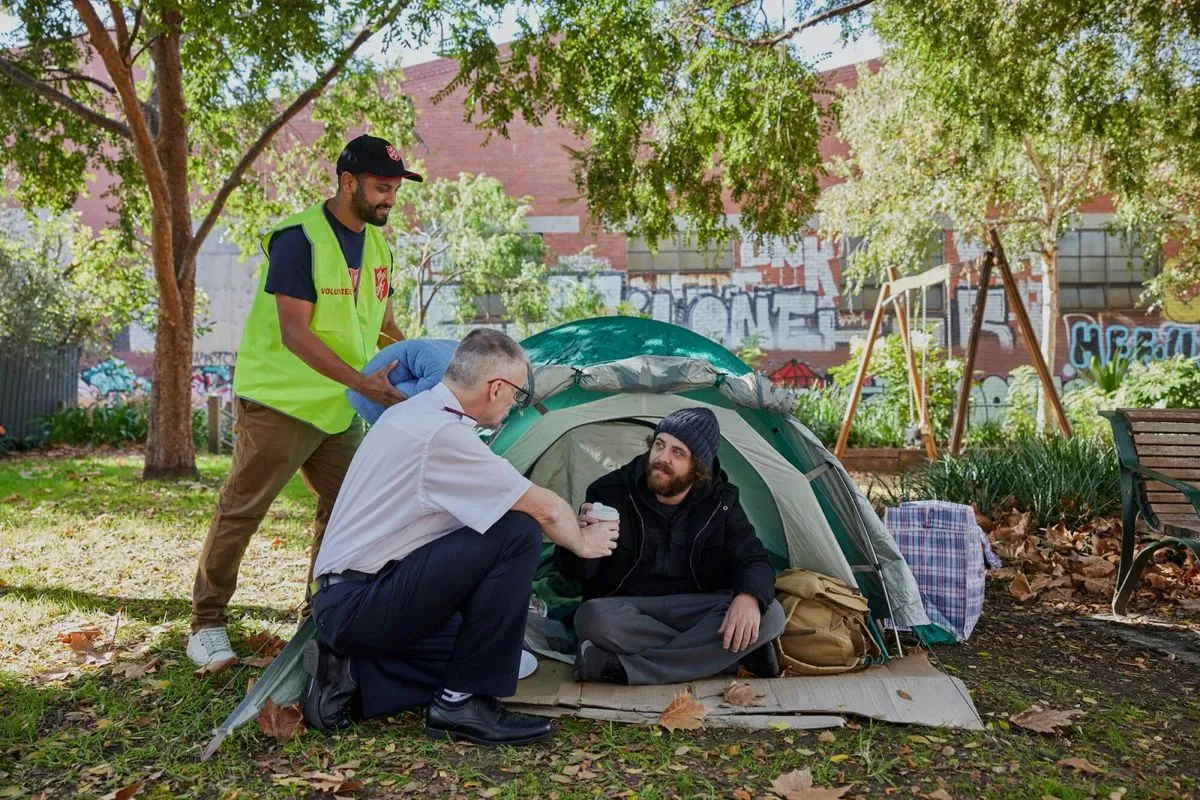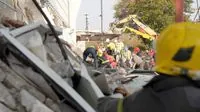San Francisco's Outreach Team Navigates Complexities of Homeless Shelter Placement
San Francisco's Homeless Outreach Team faces challenges in matching available shelter beds with those in need. Despite increased options, the process remains complex due to individual preferences and circumstances.

In San Francisco, a city grappling with a persistent homelessness crisis, outreach workers face a daily challenge of connecting individuals living on the streets with available shelter beds. This task, while seemingly straightforward, is fraught with complexities that highlight the multifaceted nature of homelessness in one of America's most expensive cities.
Edgar Tapia, a member of San Francisco's Homeless Outreach Team, exemplifies the dedication and persistence required in this role. On a recent September day, Tapia navigated the Mission District, one of the city's oldest neighborhoods, offering shelter options to tent dwellers. His approach, marked by friendly greetings and the distribution of essential items, underscores the importance of building trust in outreach work.
The city, home to approximately 815,000 residents, has been at the forefront of innovative approaches to homelessness. Since implementing a "Housing First" approach in 2004 and establishing the Department of Homelessness and Supportive Housing in 2016, San Francisco has continually evolved its strategies. These include the introduction of Navigation Centers in 2015 and the recent adoption of tiny home villages, reflecting a nationwide trend in homeless housing solutions.
Despite these efforts and a homelessness budget that has swelled to over $1 billion annually, the challenges remain significant. The city's homeless population, estimated at around 8,000 in 2022, includes a high proportion of individuals with mental health issues and substance abuse problems, complicating the path to stable housing.
Tapia's interactions reveal the nuanced reasons why individuals might decline shelter offers. As Jose Torres, Homeless Outreach Team manager, explains, "Today somebody wasn't ready because they were hanging out with their friends. They're not ready because they don't like the options that we have." This sentiment echoes the broader challenge faced by the city's Coordinated Entry System, which aims to prioritize housing resources effectively.
The outreach team's work is further complicated by the city's recent shift towards a stricter approach to encampments. This policy change, while controversial, has reportedly increased the likelihood of shelter acceptance among some individuals. However, it has also faced legal challenges, highlighting the delicate balance between addressing public concerns and respecting the rights of unhoused individuals.
Amidst these challenges, success stories emerge. Ventrell Johnson, another outreach worker, shared the journey of Larry James Bell, a 71-year-old man who transitioned from living under a tarp to a shelter bed, and finally to his own studio apartment. Such outcomes underscore the potential of persistent, compassionate outreach.
San Francisco's approach to homelessness continues to evolve. The implementation of a Street Crisis Response Team to handle non-violent mental health calls and the creation of the "Our City, Our Home" fund through a business tax demonstrate ongoing efforts to address the crisis comprehensively.
"In order for us not to live in tents anymore, they need to give us a place that we can call home."
This statement from a tent dweller named Mellie M. encapsulates the complex desires of many unhoused individuals, emphasizing the need for solutions that go beyond temporary shelter to provide safety, privacy, and dignity.
As the day concluded, the outreach team had successfully matched seven individuals with shelter beds, a small but significant victory in the ongoing effort to address homelessness in San Francisco. However, the departure of a couple who had initially agreed to move into a tiny cabin serves as a reminder of the fluid and challenging nature of this work.
The persistent efforts of San Francisco's Homeless Outreach Team, operating within a system that includes innovative programs like the 24/7 "Hot Team" and safe sleeping villages, reflect the city's commitment to addressing its homelessness crisis. Yet, as the situation continues to evolve, the need for adaptable, compassionate, and effective solutions remains paramount in one of America's most challenging housing markets.


































